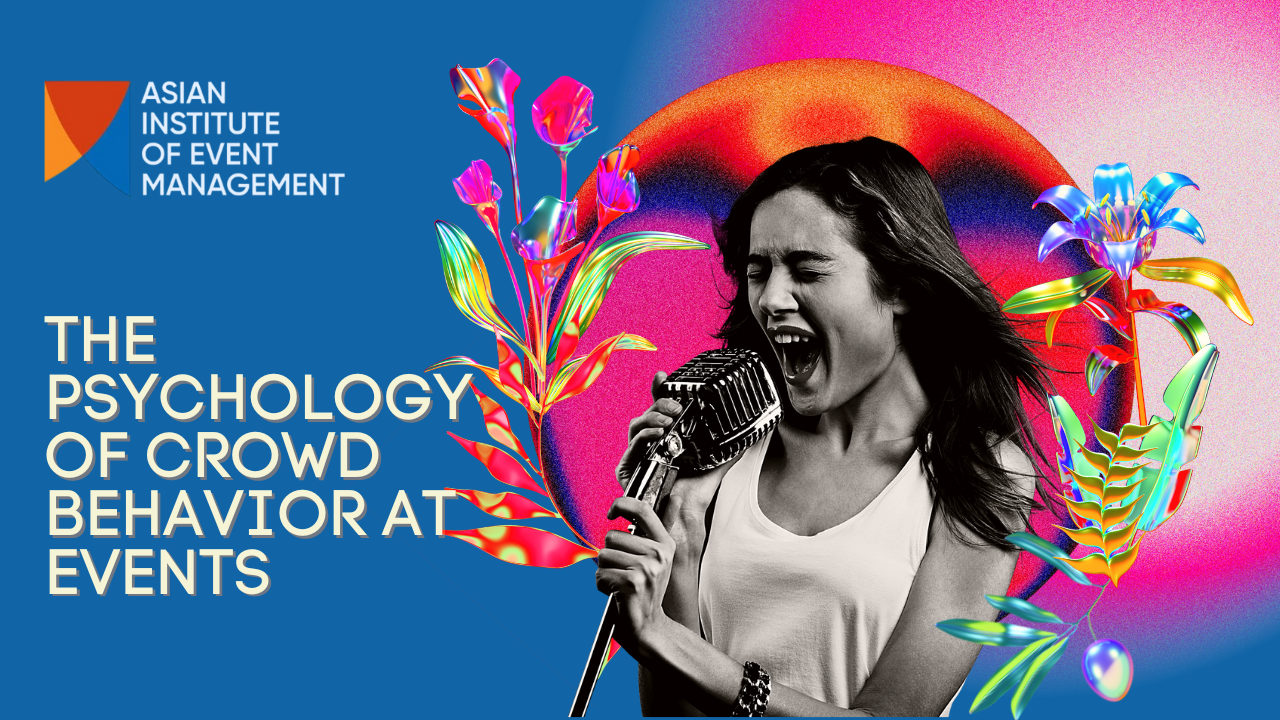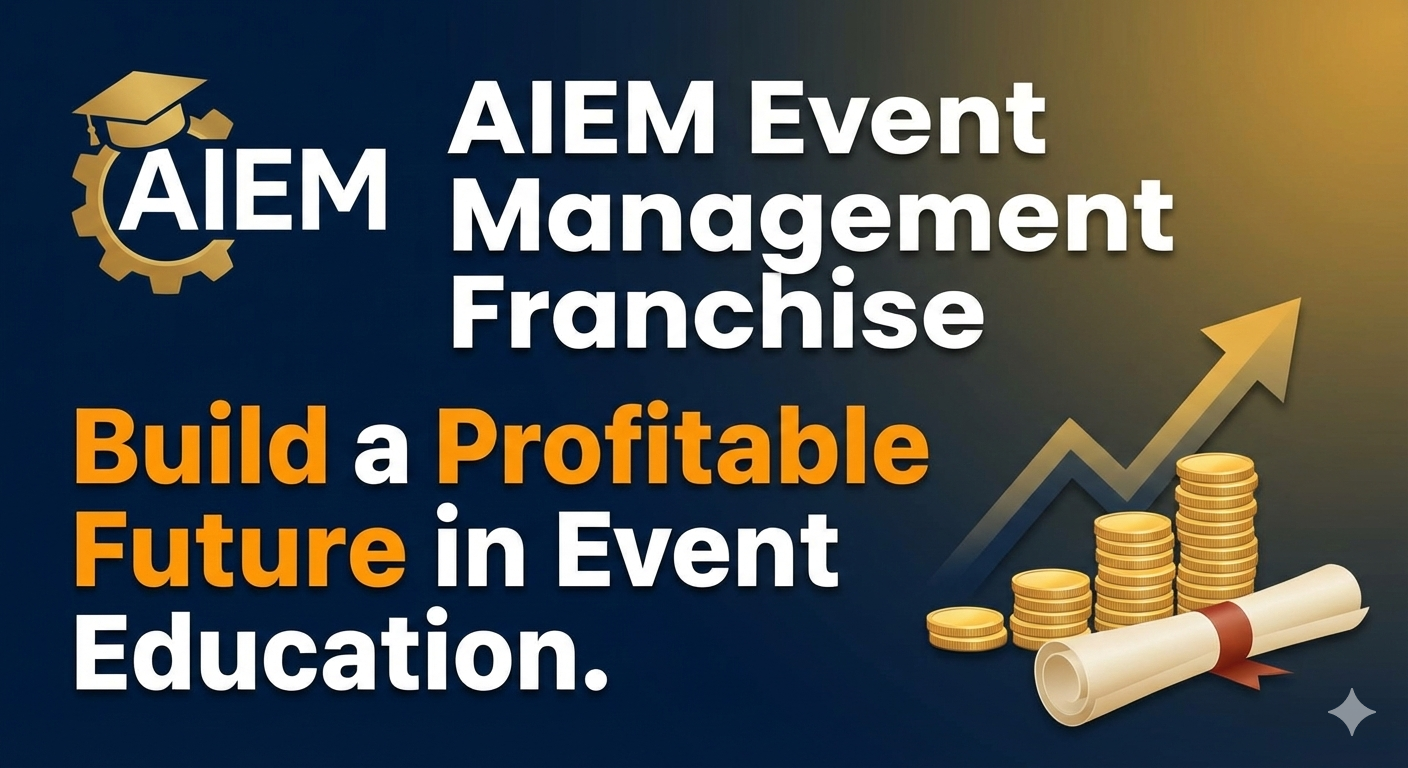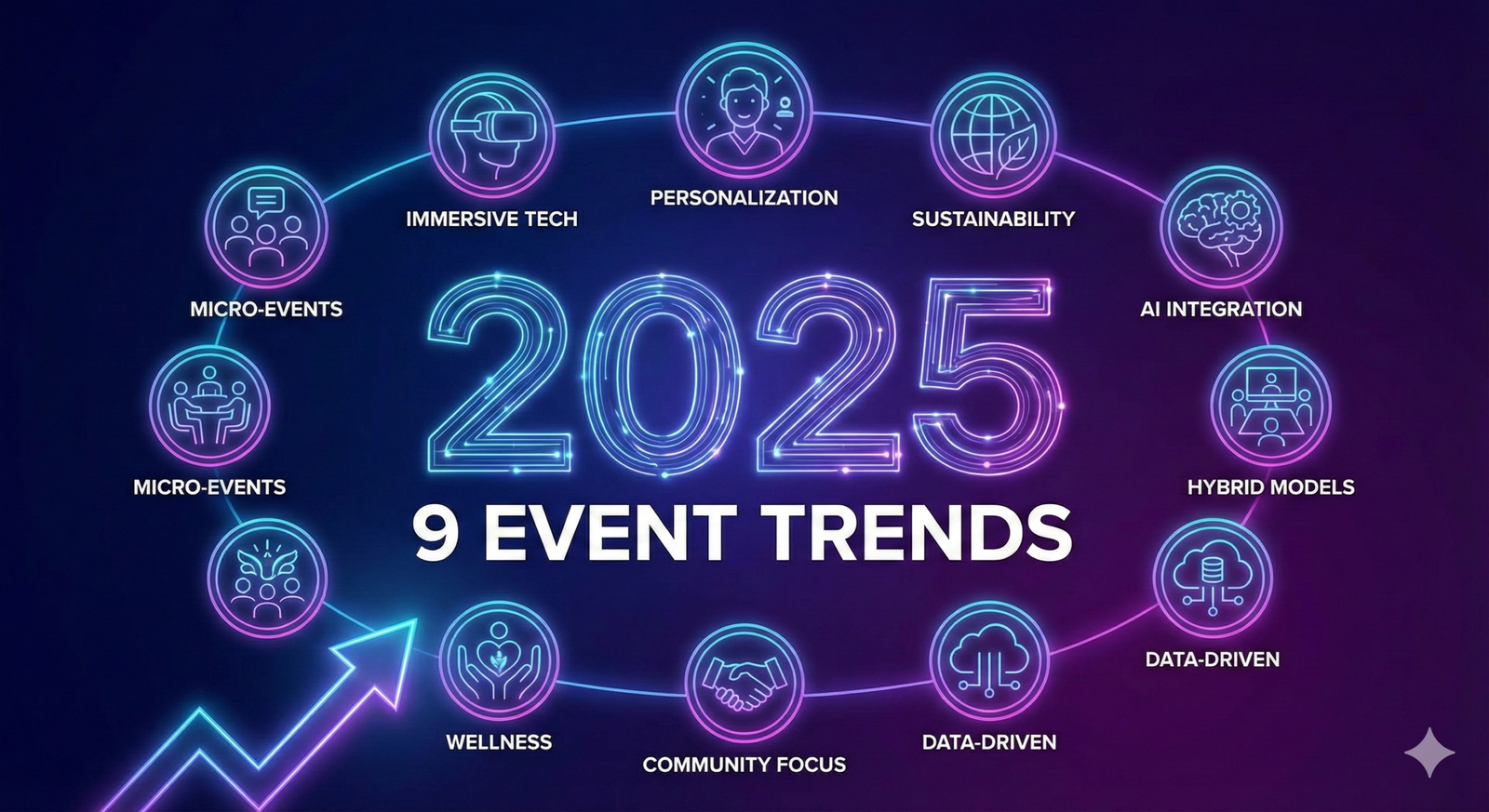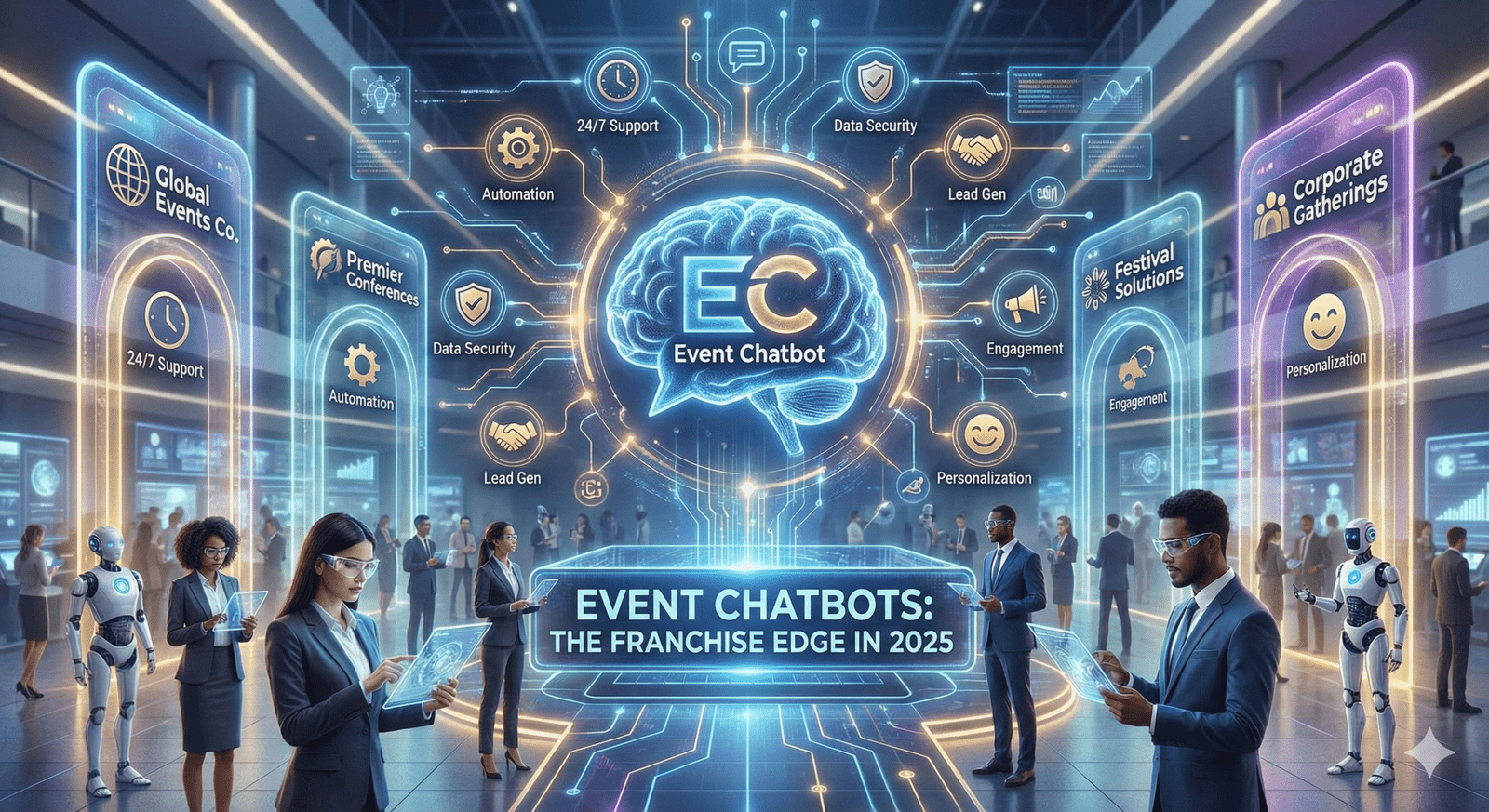
The Psychology of Crowd Behavior at Events: Understanding Mass Gathering
September 23, 2024
The roar of the crowd. The electric atmosphere. That unforgettable sense of belonging to something greater. Ever wondered what makes people act differently in crowds? At events, crowds take on a life force all their own, transforming behaviors in fascinating ways. Understanding these psychological shifts is key to excelling in event management. At the Asian Institute of Event Management (AIEM), our curriculum covers these concepts, arming students with insights to create safer, more engaging experiences at events. Let’s look closer at the psychology of crowd behavior at events:
The Power of Social Identity
Crowds forge a collective identity. In large gatherings, personal identities often fade behind shared ones. This “deindividuation” explains normally reserved folks chanting at concerts or joining behaviors they’d typically avoid alone. The crowd becomes one entity, with its own norms and expectations to assimilate into.Emotional Contagion
Emotions spread like wildfire in crowds. One person’s excitement can quickly spread like wildfire throughout a gathering. This emotional contagion generates those goosebumps-inducing moments when entire stadiums erupt in cheers. But it’s not all positive. Anxiety and anger also transmit rapidly, potentially catalyzing dangerous situations.The Bystander Effect
Oddly, bigger crowds sometimes mean less personal responsibility taken. Known as the bystander effect, when surrounded by others, people often assume someone else will intervene in emergencies. Understanding this tendency is critical for event planners to implement adequate security and safety measures.Crowd Dynamics and Movement
Crowds move in unexpected ways. At high densities, people start exhibiting liquid-like behaviors, with individuals losing control over their own movements. This can lead to dangerous situations like crowd crushes. Smart intelligent event design accounts for these dynamics, with ample space for natural crowd flow to prevent dangerous bottlenecks.The Role of Leadership and Influence
Even in a crowd, prominent individuals significantly impact behaviors. Charismatic performers, respected figures, or simply confident personalities can steer the mood and actions of those around them. Recognizing this influence is key for event managers aiming to create positive experiences and issues.Social Proof and Conformity
Crowds magnify social proof exponentially. When unsure how to act, people look to others for behavioral cues to imitate. This conformity tendency poses both challenges and opportunities for event orchestrators. Setting positive norms early can guide conduct. However, negative behaviors also spread quickly if left unchecked. Capitalizing on social proof while minimizing problematic contagion requires savvy leadership.The Impact of Environment on Crowd Behavior
Physical surroundings influence crowd conduct. Factors like lighting, acoustics, temperature, and spatial layout shape how people interact and move in gatherings. Bright, open event spaces promote calmer behaviors, while dark, confined venues can result in anxiety and aggression. As an event manager, you'll need to consider how every environmental element impacts the crowd's psychological state and associated behaviors.Final Thoughts
Crowd psychology is complex yet fascinating. For aspiring event managers, understanding these concepts provides a powerful skill set for creating unforgettable, safe experiences. At AIEM, we don't just teach theory—we offer hands-on opportunities to apply this knowledge in real-world settings. Our curriculum transforms key insights into practical skills that set students apart. Get in touch with us to learn more about our courses. The psychology of crowd behavior at events involves social identity, emotional contagion, bystander effect, and group dynamics. Learn more about it.RECENT POSTS
-

AIEM Event Management Franchise – Build a Profitable Future in Event Education
December 16, 2025
-

Top Event Management Franchise in India – Partner with AIEM and Grow
December 16, 2025
-

5 Simple Ways to Host a Zero-Waste Event: A Lesson from AIEM’s Event Management Franchise Approach
December 10, 2025
-

9 Event Trends That Will Shape 2025: The AIEM Franchise Perspective
December 10, 2025
-

Event Chatbots: Why Every Event Management Franchise Needs Them in 2025
December 1, 2025